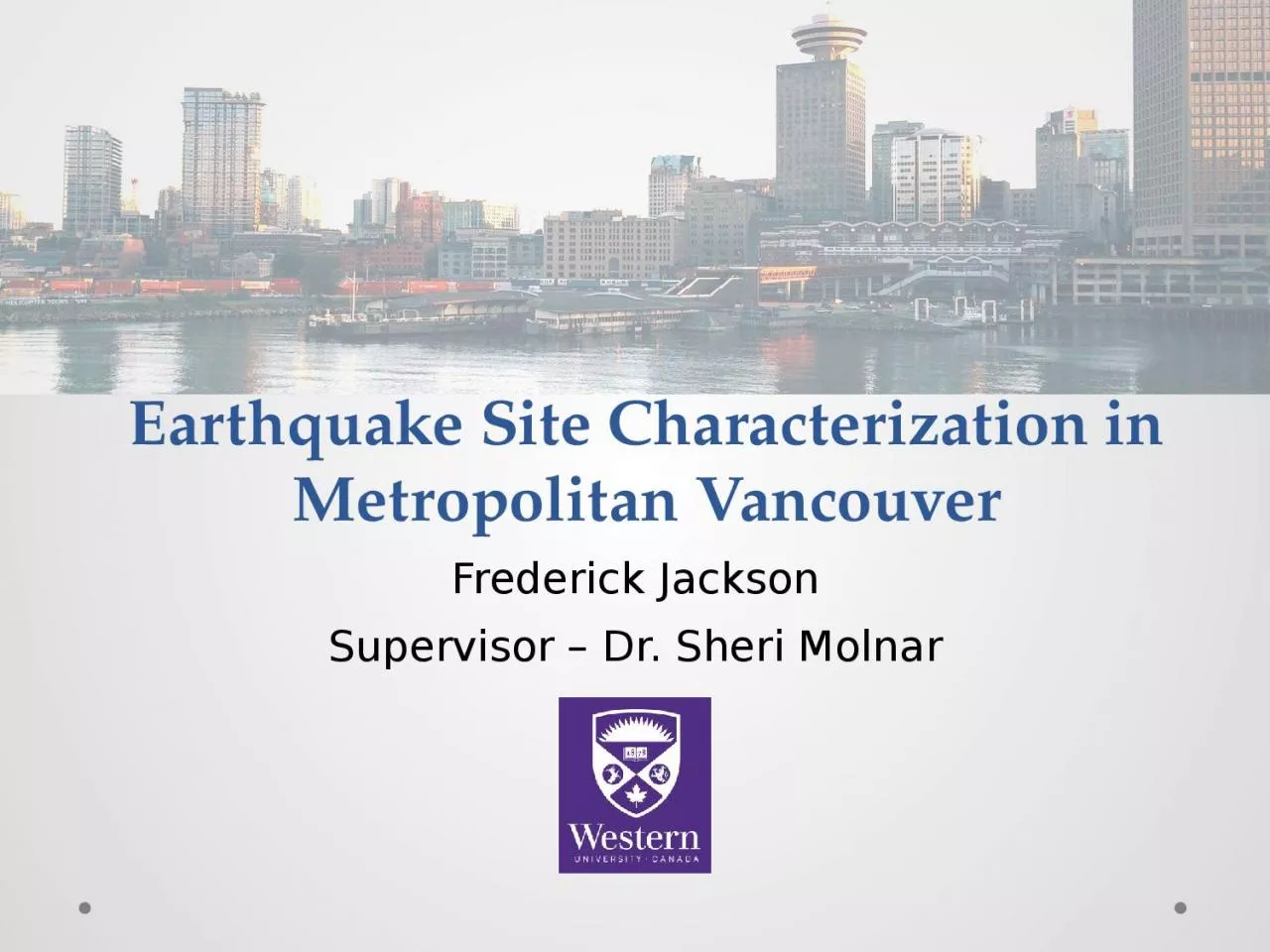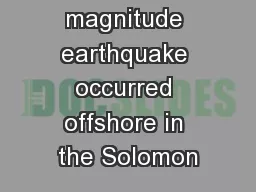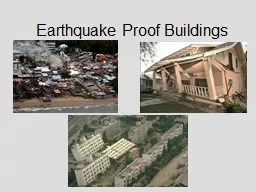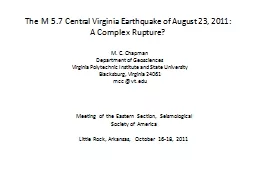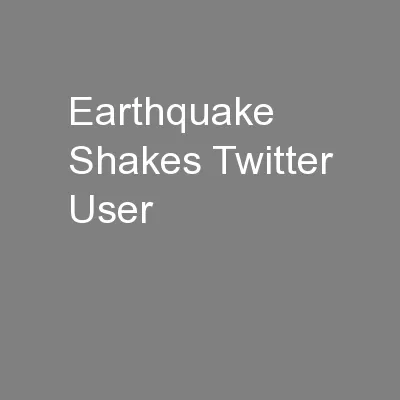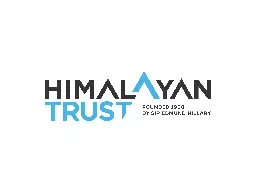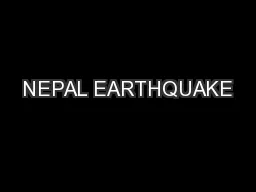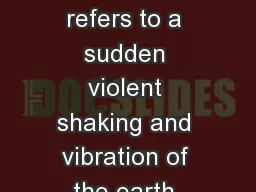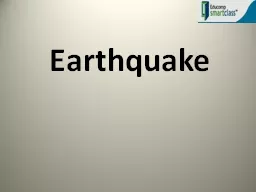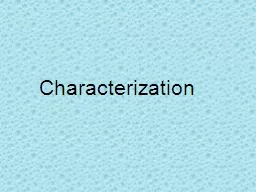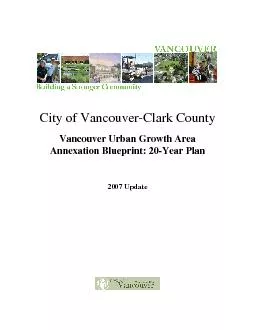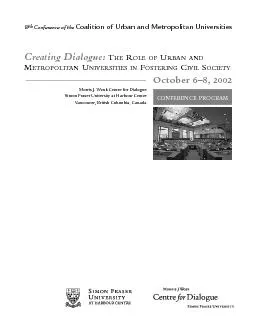PPT-Earthquake Site Characterization in Metropolitan Vancouver
Author : bitsy | Published Date : 2023-11-23
Frederick Jackson Supervisor Dr Sheri Molnar 2 Population gt 2 million and critical infrastructure Hazard 3 types of earthquakes sedimentary basin What will
Presentation Embed Code
Download Presentation
Download Presentation The PPT/PDF document "Earthquake Site Characterization in Metr..." is the property of its rightful owner. Permission is granted to download and print the materials on this website for personal, non-commercial use only, and to display it on your personal computer provided you do not modify the materials and that you retain all copyright notices contained in the materials. By downloading content from our website, you accept the terms of this agreement.
Earthquake Site Characterization in Metropolitan Vancouver: Transcript
Download Rules Of Document
"Earthquake Site Characterization in Metropolitan Vancouver"The content belongs to its owner. You may download and print it for personal use, without modification, and keep all copyright notices. By downloading, you agree to these terms.
Related Documents

